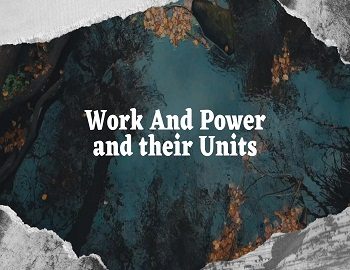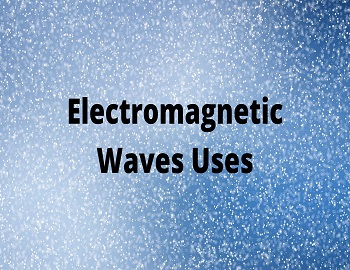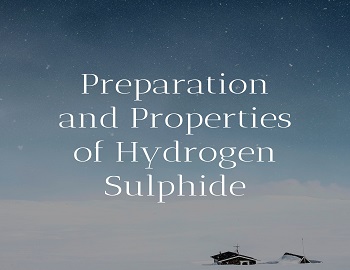Kinetic Theory Of Gases:
The common characteristics of gases can be explained by assuming that gases consist of molecules which are far apart and are in a state of constant rapid motion. This kinetic hypothesis was proposed in 1678 by Robert Hooke. German physicists Kronig and Clausius in 1856-57 and Scottish physicist Clark Maxwell in 1860 developed this kinetic hypothesis into what is now known as the kinetic theory of gases. Its fundamental postulates are-
- Every gas is made up of a large number of minute particles called molecules. The molecules are so small and so far apart that their actual volume is negligible compared with the total volume of a gas.
- The molecules are in a state of constant rapid motion in all possible directions. While moving very fast in straight lines, they collide with each other and also with the walls of the container. The pressure exerted by a gas is due to hits of its molecules on the walls of the container.
- The molecules do not exert any appreciable attraction on each other.
- The molecules behave as perfectly elastic bodies and as such there is no loss of kinetic energy when they collide with each other or with the walls of the container. But collisions may cause the transfer of energy between the partners.
- An influence of gravity on the motion of molecules is negligible compared with the influence of continued collisions between them.
- The average kinetic energy of molecules is directly proportional to the absolute temperature of the gas.
On the basis of the postulates given above, an equation, called kinetic gas equation (PV = 1/3 mnv2), was derived. This fundamental equation of the kinetic theory of gases can be used to deduce various gas laws.
The kinetic theory of gases has its limitations. This is clear from the behaviour of real gases which do not obey gas laws rigidly particularly at low temperatures and high pressures.
According to two of the above-given postulates of the kinetic theory of gases [postulates (i) and (iii)], the actual volume of the gas molecules is negligible as compared with a total volume of the gas and there exist no attractive forces among the gas molecules. At low temperatures or at high pressures, these assertions cannot be taken as true because the total volume of the gas then becomes considerably small and the molecules lie close to one another. Under these conditions, we cannot ignore the volume occupied by the gaseous molecules and the attractive forces among them, which will be appreciable.









Comments (No)